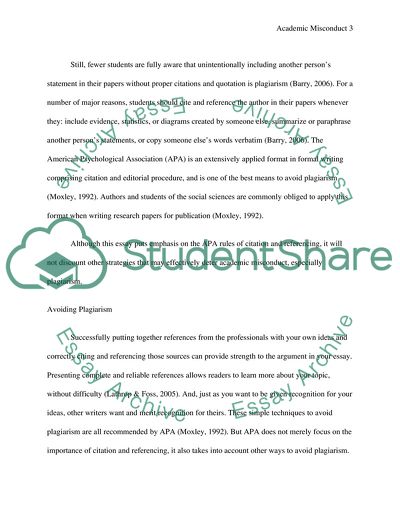Cite this document
(Deterrent Plagiarism Research Paper Example | Topics and Well Written Essays - 2500 words, n.d.)
Deterrent Plagiarism Research Paper Example | Topics and Well Written Essays - 2500 words. Retrieved from https://studentshare.org/creative-writing/1742744-avoiding-plagiarism
Deterrent Plagiarism Research Paper Example | Topics and Well Written Essays - 2500 words. Retrieved from https://studentshare.org/creative-writing/1742744-avoiding-plagiarism
(Deterrent Plagiarism Research Paper Example | Topics and Well Written Essays - 2500 Words)
Deterrent Plagiarism Research Paper Example | Topics and Well Written Essays - 2500 Words. https://studentshare.org/creative-writing/1742744-avoiding-plagiarism.
Deterrent Plagiarism Research Paper Example | Topics and Well Written Essays - 2500 Words. https://studentshare.org/creative-writing/1742744-avoiding-plagiarism.
“Deterrent Plagiarism Research Paper Example | Topics and Well Written Essays - 2500 Words”, n.d. https://studentshare.org/creative-writing/1742744-avoiding-plagiarism.


